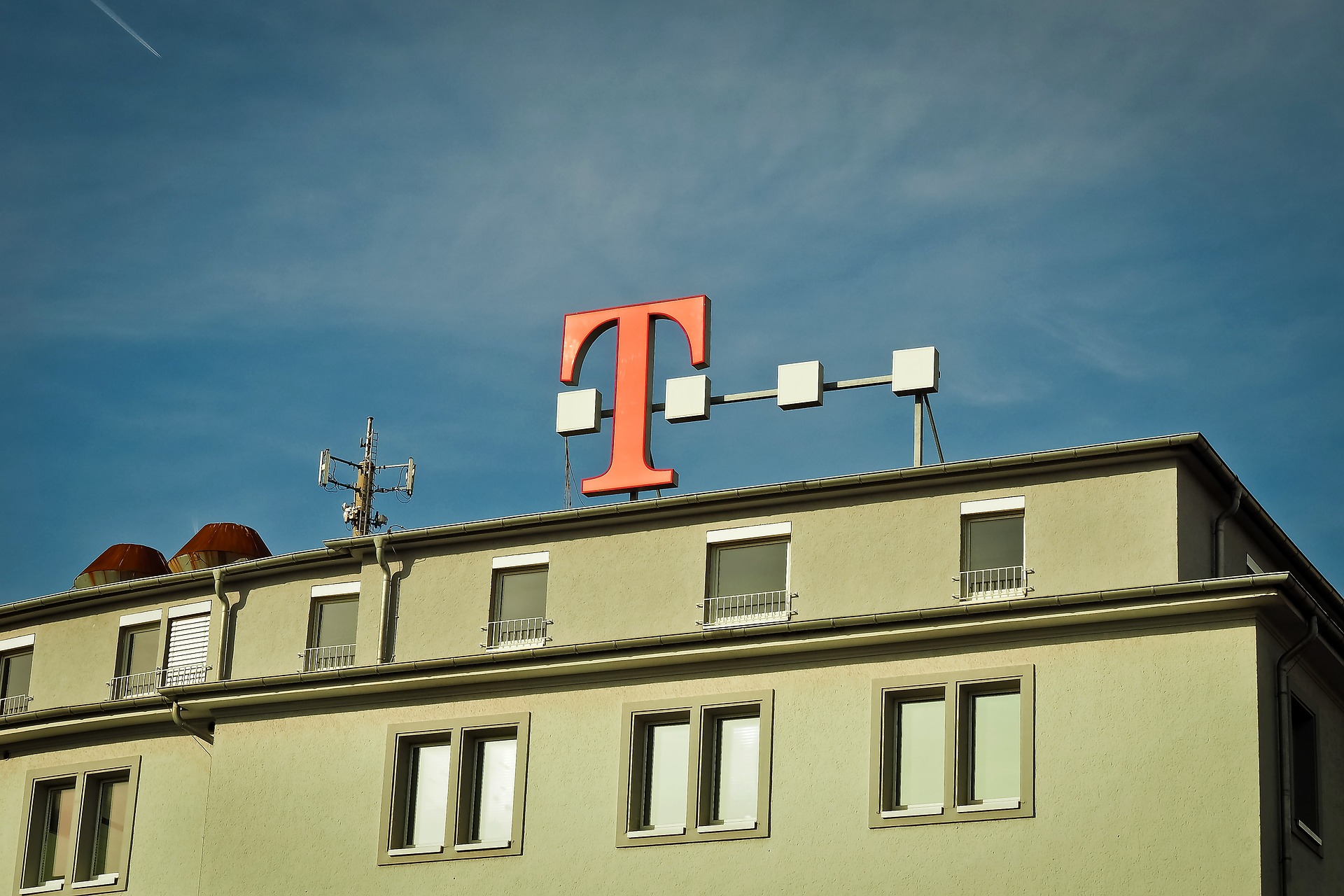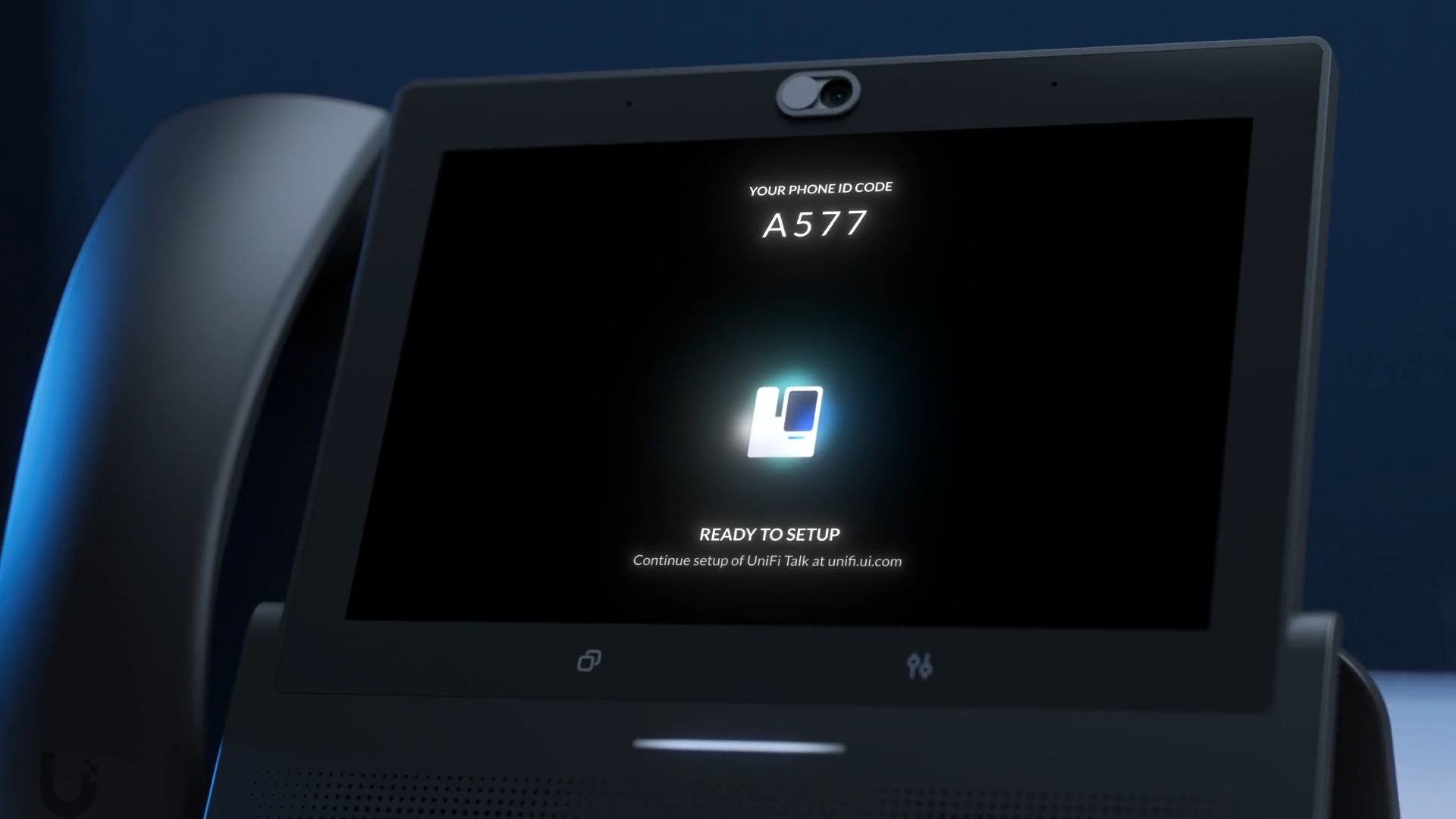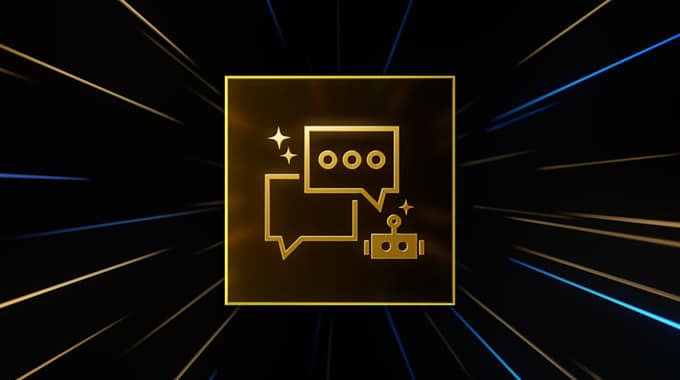Some of the links shared in this post are affiliate links. If you click on the link and make a purchase, we will receive an affiliate commission at no additional cost to you.
A current legal dispute between Deutsche Telekom and Meta concerns the question of who has to pay for the costs incurred for data traffic between the networks. Deutsche Telekom has successfully enforced before the Cologne Regional Court that Meta must pay for access to its network via chargeable direct connections. This sets a precedent, as the big tech giants such as Meta (Facebook) have often been able to access telecommunications infrastructures free of charge until now.
Background: What is peering? The dispute is part of a larger trend in so-called “peering trade”. Peering describes the exchange of data between different networks, which can take place either free of charge or for a fee.
In the specific case, Meta handled the data traffic of its platforms such as Facebook and Instagram via paid direct connections to Telekom, but stopped making payments during the coronavirus crisis. The ruling obliges Meta to pay for these connections, as Telekom argues that free access is no longer sustainable given the enormous bandwidth these services require. In order to avoid the payments, Meta has decided to route its data traffic to Deutsche Telekom’s network via a transit provider instead of the previous direct route.
Peering: The cornerstone of the Internet
What is peering?
Peering is a central component of the Internet infrastructure. It describes the exchange of data between different networks operated by internet service providers (ISPs) and content delivery networks (CDNs). Two networks connect in order to transport data traffic directly and efficiently without it having to be routed via the network of a third-party provider. This direct data exchange can take place either free of charge (settlement-free peering) or for a fee (paid peering), depending on the amount of data shared and the size of the networks involved.
How does peering work?
Essentially, peering allows data packets to be forwarded efficiently and quickly between different networks without going through intermediaries. This direct connection between networks results in lower latency and a better user experience, especially for high-traffic content such as video streaming or social networks. Peering can take place at Internet exchange points (IXPs) or via private direct connections (private peering).
The role of internet service providers (ISPs):
Internet service providers (ISPs) such as Deutsche Telekom or Vodafone operate networks through which end users access the Internet. These providers ensure that their customers can access the desired content by concluding peering agreements with other networks or transfer service providers. ISPs must decide whether to exchange data with another network free of charge or to charge fees, especially if the data traffic is one-way – i.e. if significantly more data flows into a network than out.
Transfer service providers (carriers and CDNs):
In addition to ISPs, there are also so-called Tier 1 network operators and transfer service providers that act as the backbone of the global Internet. Tier 1 providers operate the largest networks and offer transit services, which means that they are responsible for transporting data over long distances. Such providers ensure that data from smaller networks can be forwarded to all parts of the world. One example is IP transit, where a smaller network gains access to the global Internet via a carrier.
Another key element is content delivery networks (CDNs), such as Akamai or Cloudflare. CDNs specialize in bringing content closer to the end user by caching it in data centers around the world. This reduces traffic over long distances, improving both efficiency and user experience. CDNs often work with ISPs and Tier 1 providers to direct traffic as efficiently as possible.
Paid peering vs. settlement-free peering:
While with settlement-free peering both networks exchange similar amounts of data and therefore no payments are due, with paid peering there are often costs if one side generates significantly more data traffic – as is often the case with streaming services, social media or cloud services. These companies then pay network operators to ensure that their data is delivered quickly and reliably to end users.
Source: telekom.com






